Pelosi's ground-breaking legacy as a power broker
Published in Political News
WASHINGTON — To call Nancy Pelosi’s retirement the “end of an era” is an understatement. Few in modern history have had the impact on the Democratic Party, and the legislative branch as a whole, that the California lawmaker has had over her four-decade career in the House.
She secured her place in history in 2007, when she became the first female speaker of the House. Pundits have called her “the most powerful woman in U.S. history” and the most effective speaker in a century.
Pelosi has been hailed as a master vote-counter, a seasoned legislator and an astute negotiator who sought a unified agenda despite the push and pull between her caucus’s ideological wings. Nearly every major Democrat-led piece of legislation of the 21st century has had her fingerprints on it.
“As the first woman [speaker], she was always described as someone with a spine of steel,” said Debbie Walsh, director of the Center for American Women and Politics at Rutgers University. “She really knew how to count and how to make sure she had her members in line.”
Wheeling and dealing came naturally to Pelosi, the daughter of a Baltimore congressman, Thomas D’Alesandro Jr., who also served three terms as mayor. The young Pelosi spent her childhood learning the lessons of retail politics, answering constituent calls and seeing how favors and services could translate into votes.
Her leadership in the House spanned across four presidential administrations, two Republican and two Democratic. Her biggest policy win came arguably in 2010 during the Obama administration, when she muscled through the sweeping Affordable Care Act without any Republican votes.
But victory came at a political price. Pelosi relinquished the gavel the following year after House Democrats lost their majority in a GOP wave election. Even so, Pelosi remained on as minority leader. She regained the speaker’s gavel in 2019 and held it for another four years before Democrats lost control of the chamber again and she stepped down from leadership.
A hallmark of the Pelosi era was her top-down approach. In the minority, she at times embraced a strategy of obstruction, believing unified Democratic opposition would return her party to power, even if it risked partisan polarization. In the majority, she furthered a trend of centralizing power in the speaker’s office.
Pelosi also ranks among the most prolific political fundraisers in modern history. Just weeks before she announced she was stepping down from leadership in late 2022, The New York Times reported that she had raised $1.25 billion for the Democratic Party over two decades, a staggering sum that still understates how much she’s raised over her lifetime.
A California liberal’s rise to power
She got her first taste of leadership in 2001 when she was elected minority whip over Rep. Steny H. Hoyer, D-Md., the more moderate choice. From there, Pelosi’s rise through the party ranks was swift. She succeeded Rep. Richard A. Gephardt, D-Mo., as minority leader in 2002, and became the first woman elected to lead a party caucus.
For more than a decade after first coming to Congress in 1987, Pelosi was primarily known as a San Francisco liberal, representing a constituency focused on what were then controversial issues such as gay rights and the ongoing AIDS epidemic.
Her ascent was also a repudiation of the centrist politics that had prevailed since the Clinton administration. Many moderate-to-conservative Democrats were willing to overlook Pelosi’s ideology and support her in the closed balloting, banking on her leadership skills to restore the party’s majority.
The bet paid off. In the run-up to the 2006 elections, Pelosi worked tirelessly, flying to several cities a week and raising $50 million for fellow Democrats. During her triumphant march to deliver a Democratic majority in the House, Pelosi told the Los Angeles Times: “I’m fighting a battle here. I’m not getting my hair done.”
The party boss
The caucus rewarded her by electing her speaker in January 2007. Pelosi referred to her history-making office as breaking the Capitol’s “marble ceiling.”
Whether it was rewriting Wall Street regulations, getting a cap-and-trade plan through the House or shepherding a sweeping infrastructure bill to enactment, Pelosi was involved in the intimate details of major legislation that passed under her tenure.
Her leadership style ensured that it was she — not committee chairs — who made the final decisions on make-or-break deals. For example, when anti-abortion Democrats threatened to derail the 2010 health care bill, Pelosi was the one who negotiated with them.
That kind of power also led to Republicans labeling her a political bugbear. Her name has been invoked in countless attack ads, as recently as the 2024 elections. Pelosi also firmly established herself as the public face of opposition to President Donald Trump in his first term.
There was the contentious 2018 Oval Office meeting where Trump tried to suggest she had a weak political hand. “Mr. President,” she was quoted as saying in The New York Times, “please don’t characterize the strength that I bring to this meeting.”
Many would agree, including members of her family, that Pelosi has a particular way of delivering a message. “She’ll cut off your head and you won’t even know you’re bleeding,” her daughter Alexandra Pelosi told CNN in an interview following the Oval Office clash.
Two years later, her message was less subtle. Pelosi was seated on the dais behind Trump as he delivered his State of the Union address to Congress in 2020. As he finished, she stood up and tore her copy of his speech to pieces. Pelosi characterized it as a reaction to false statements in Trump’s speech.
“I tore up a manifesto of mistruths,” she later said at her weekly news conference.
Pelosi has also faced her share of threats. In 2022, an intruder broke into her San Francisco home, shouting, “Where’s Nancy?” She wasn’t home, but her husband was. The intruder attacked Paul Pelosi with a hammer, leaving lasting neurological damage.
And when pro-Trump rioters stormed the Capitol on Jan. 6, 2021, some were chanting her name. Pelosi was in a secure location as rioters raided her office suite.
Days later, she oversaw the impeachment of Trump for his role in encouraging the riot. It was the second Trump impeachment under her speakership. The first was in 2019, on charges of abuse of power and obstruction.
Even outside leadership, Pelosi has maintained her status among Washington’s most powerful. Notably, she was among the top Democrats who wielded pressure on President Joe Biden to drop out of the 2024 presidential race after a disastrous debate performance.
A month after Biden withdrew, she acknowledged a fracture in their relationship during an interview with The New Yorker. When David Remnick, the magazine’s editor in chief, asked her if she thought their relationship would survive, Pelosi remarked: “I hope so. I pray so. I cry so.”
The family business
Pelosi is such a titanic figure in the House that it could be easy to forget she came from a political family.
The young Pelosi and her brothers took turns staffing a desk in the family’s Little Italy neighborhood home in Baltimore, where constituents stopped in to ask for help finding a job, locating a doctor, getting food or making the rent — keeping a “favor file” to be consulted at election time. Copies of the daily Congressional Record were stacked beneath her bed.
“When I went away to college and my father was still mayor — I say to friends I went to college for a rest, because I didn’t have to do all that work all the time,” Pelosi recalled in an October interview with CQ Roll Call.
Family expectations for a political future lay with her brother, Thomas D’Alesandro III, who eventually became mayor himself. For Pelosi, any call for service was rooted in her Catholic faith.
“So I always was a volunteer in politics later in life, and then one thing led to another, but I never had any ambition to run for office,” she said.
After college, Pelosi moved to San Francisco, married Paul Pelosi, raised five children and became a party activist. As chair of the California Democratic Party, she helped attract the 1984 National Democratic Convention to her hometown.
She made her first bid for public office in 1987 after Democratic Rep. Sala Burton, her friend and political ally, died of cancer. Burton had personally summoned Pelosi to her hospital room to ask her to run to succeed her.
Pelosi took the plunge, winning the Democratic nomination over four San Francisco city supervisors and then romping in the special general election. Her father lived just long enough to see her sworn into office.
----------
—Noella Kertes contributed to this report.
©2025 CQ-Roll Call, Inc., All Rights Reserved. Visit cqrollcall.com. Distributed by Tribune Content Agency, LLC.
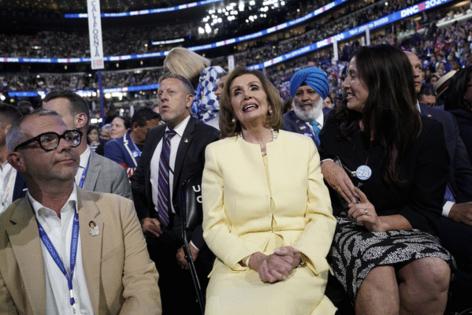


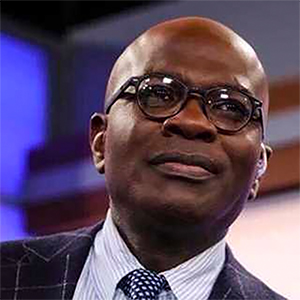



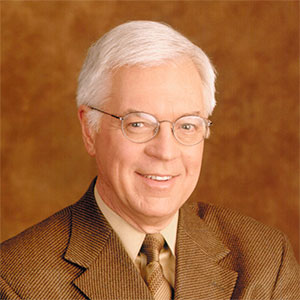
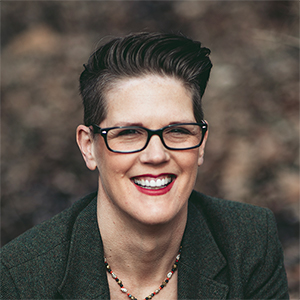








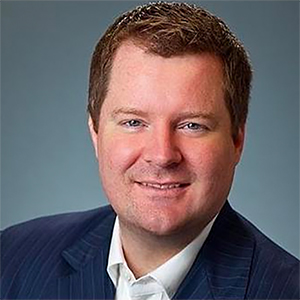
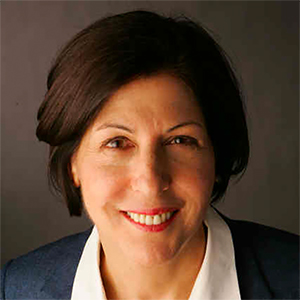


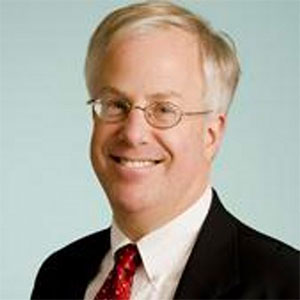

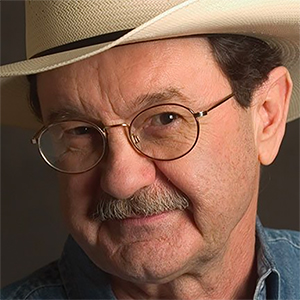

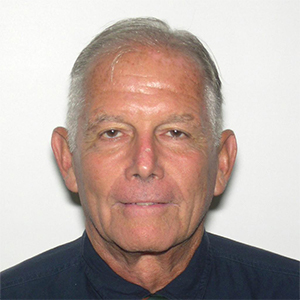
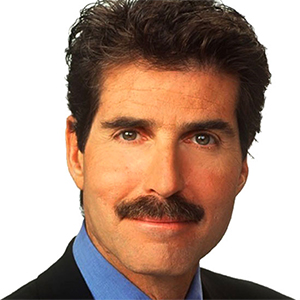

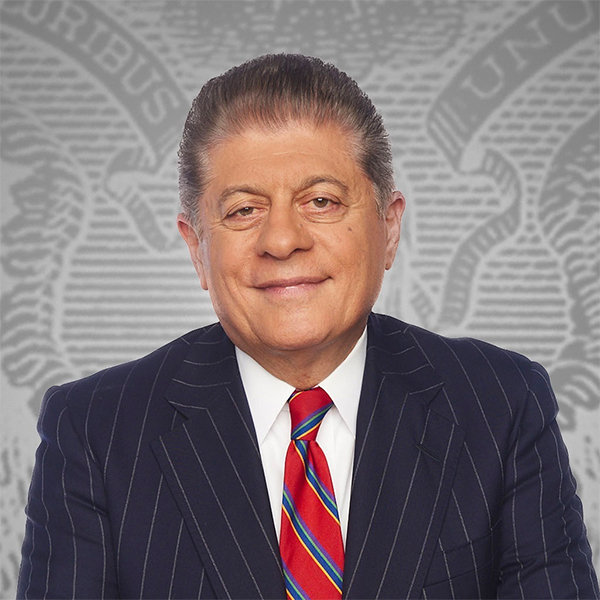









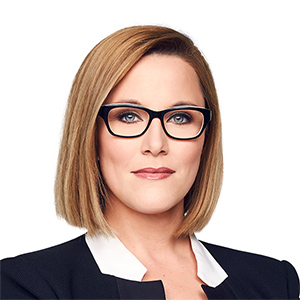
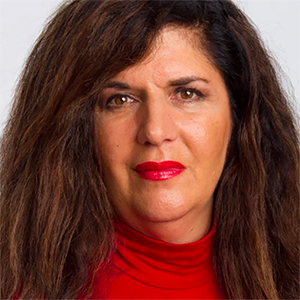













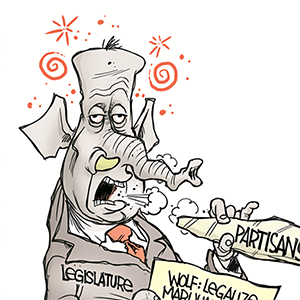
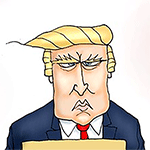
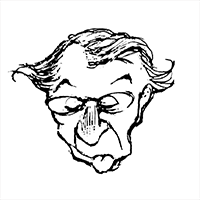
Comments